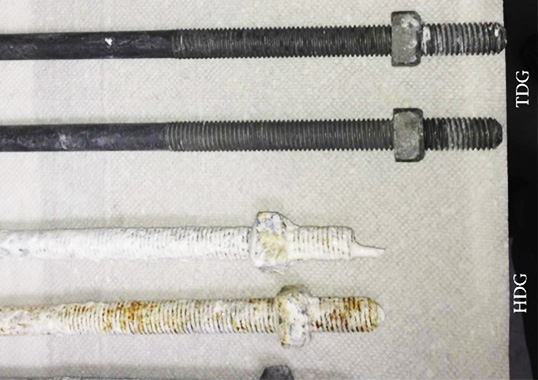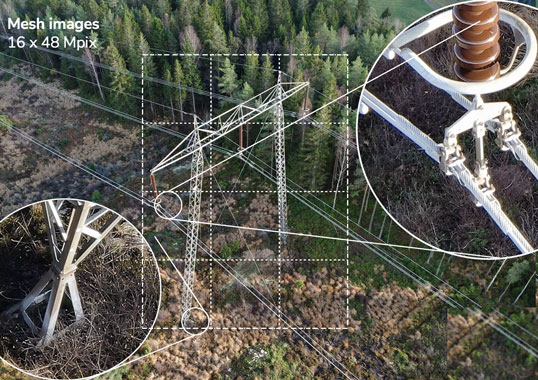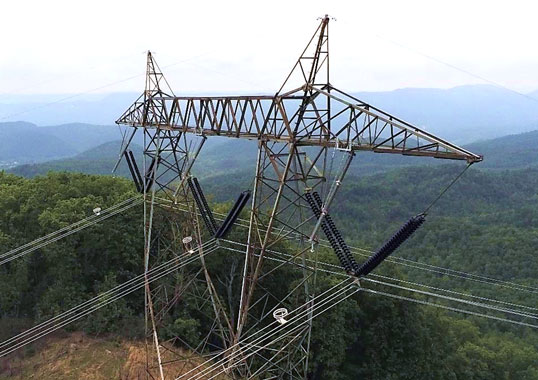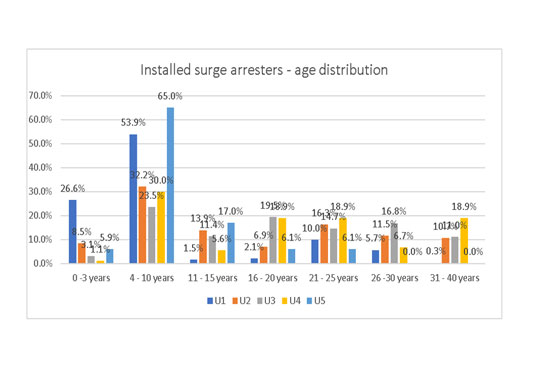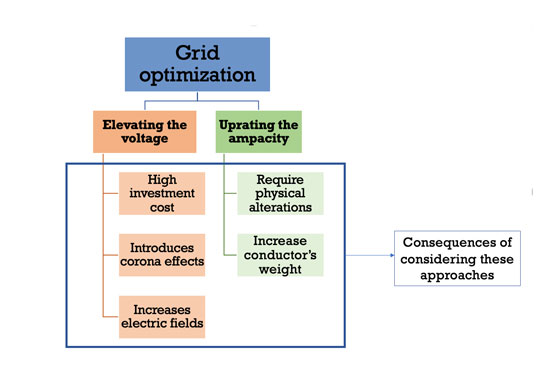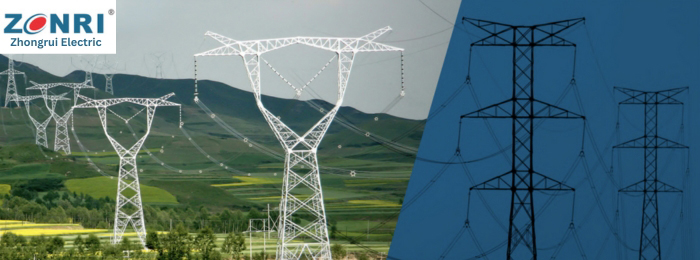Thermally Diffused Galvanizing by A. J. Carreira
Existing corrosion control systems often do not provide enough of the long-term protection required for power infrastructure and other applications. The most effective solutions, at present, involve alloying zinc and steel. Hot dipped galvanizing (HDG) is a well known process and the only corrosion resistance protection allowed within the standards for hardware and other components used in the power sector. HDG is a complex process involving various pre-treatment steps such as degreasing, pickling and fluxing. These steps are then followed by the actual galvanization phase. Thermally dipped galvanizing (TDG), by contrast, is an entirely different process and results in thermal diffusion and coating of zinc alloy onto a ferrous component to protect against corrosion. The zinc alloy coating is anodic in relation to ferrous metals. Pre-treatment steps for TDG include degreasing and then perhaps shot blasting the parts. The key steps are galvanizing and passivation. There are advantages to TDG when it comes to addressing some of the negative environmental impacts associated with the galvanization process. This presentation reviews a study conducted to determine the comparative performance of TDG and HDG and to establish if the former might be a feasible alternative to the latter. If so, industry would have two alternative processes available.

